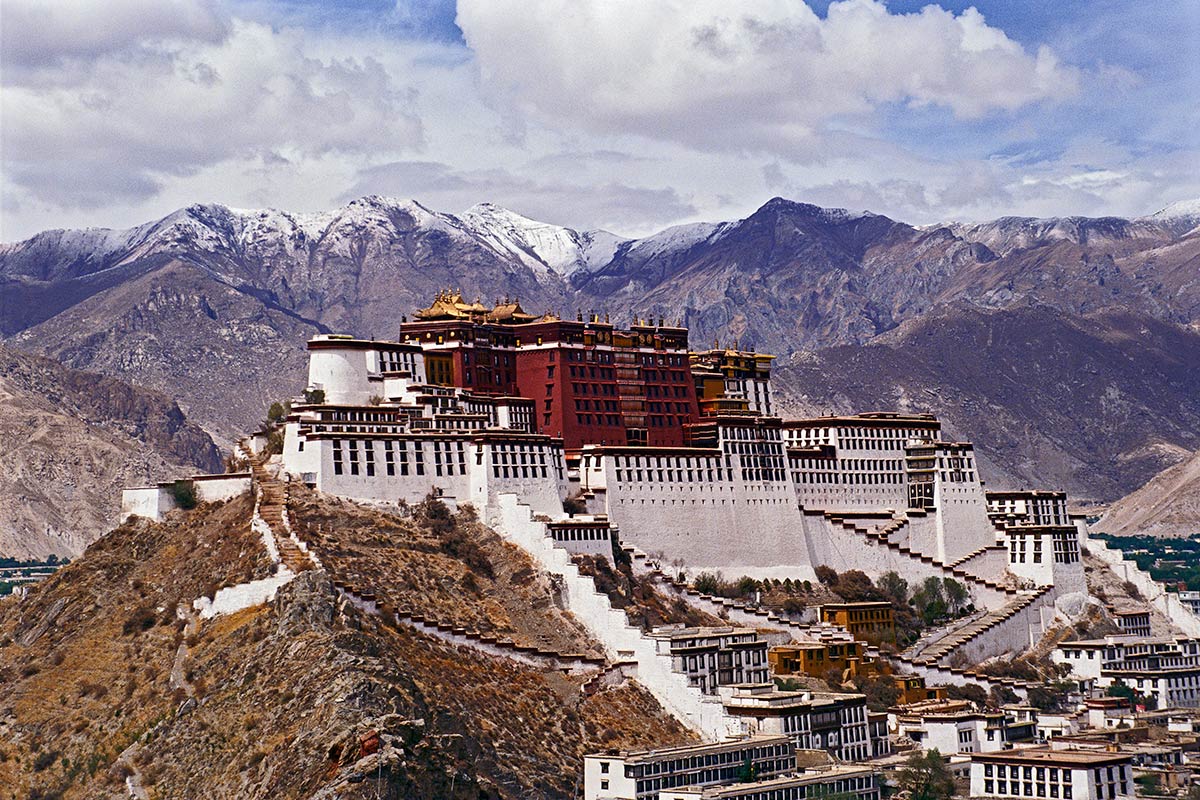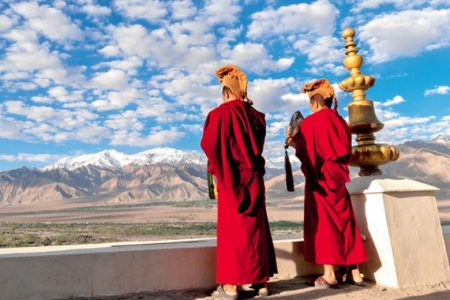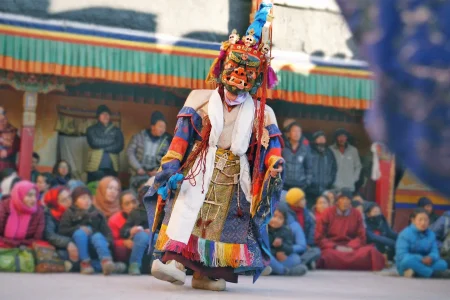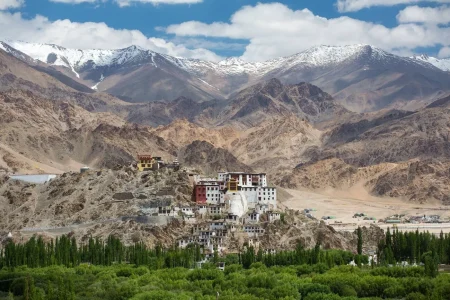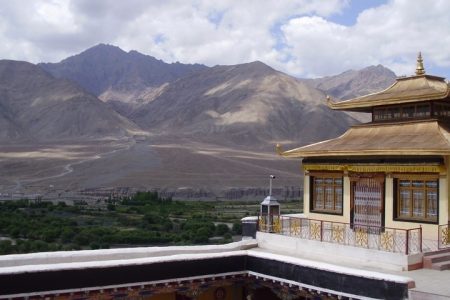Conclusion
Mangyu Monastery is not just a place of worship; it is a testament to the enduring spiritual heritage of Ladakh’s high-altitude borderlands.
Located about 30 kilometers west of Leh, near the famous Alchi Monastery, Mangyu Monastery is one of the oldest Buddhist sites in Ladakh. Believed to have been built in the 11th century under the influence of the renowned translator Rinchen Zangpo, Mangyu is part of the group of monasteries known for introducing early Tibetan Buddhist art and architecture to the region.
What makes Mangyu truly exceptional is its ancient temple complex, which includes two main temples — one dedicated to Vairocana and another to Avalokiteshvara. These structures house beautifully preserved wooden sculptures, stucco figures, and murals that reflect a strong Kashmiri and Central Asian influence. Despite its historical and artistic value, the monastery remains off the typical tourist trail, giving visitors a rare opportunity to experience early Buddhist art in a peaceful, undisturbed setting.
The surroundings of Mangyu Monastery, with its quiet village and agricultural terraces, add to the meditative charm of the site. The monastery is not active in the sense of daily monastic life like larger gompas, but its cultural and spiritual significance remains profound. It is a living reminder of Ladakh’s early religious development and artistic achievement.
For history enthusiasts, Mangyu offers a deep dive into the roots of Tibetan Buddhism and Indo-Tibetan art. For spiritual travelers, it provides an atmosphere of serenity and reflection. And for photographers and scholars, it is a treasure trove of early Himalayan architecture and craftsmanship.
Whether you’re a seeker of faith or beauty, Mangyu Monastery promises to touch your soul and stay etched in your Ladakhi memories forever.
